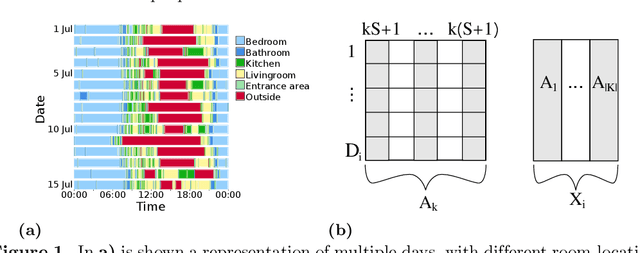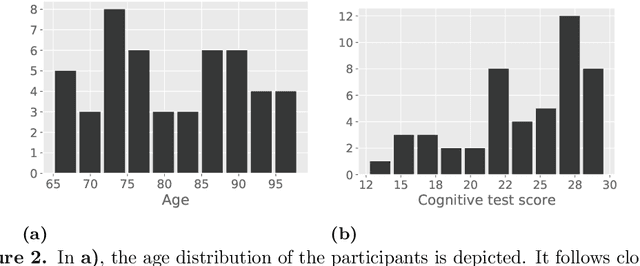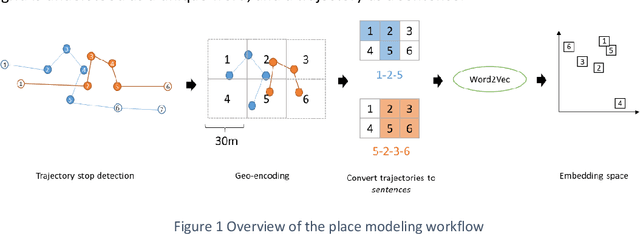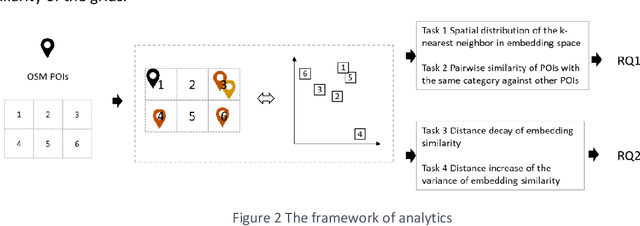Robert Weibel
Eigenbehaviour as an Indicator of Cognitive Abilities
Oct 18, 2021



Abstract:With growing usage of machine learning algorithms and big data in health applications, digital biomarkers have become an important key feature to ensure the success of those applications. In this paper, we focus on one important use-case, the long-term continuous monitoring of the cognitive ability of older adults. The cognitive ability is a factor both for long-term monitoring of people living alone as well as an outcome in clinical studies. In this work, we propose a new digital biomarker for cognitive abilities based on location eigenbehaviour obtained from contactless ambient sensors. Indoor location information obtained from passive infrared sensors is used to build a location matrix covering several weeks of measurement. Based on the eigenvectors of this matrix, the reconstruction error is calculated for various numbers of used eigenvectors. The reconstruction error is used to predict cognitive ability scores collected at baseline, using linear regression. Additionally, classification of normal versus pathological cognition level is performed using a support-vector-machine. Prediction performance is strong for high levels of cognitive ability, but grows weaker for low levels of cognitive ability. Classification into normal versus pathological cognitive ability level reaches high accuracy with a AUC = 0.94. Due to the unobtrusive method of measurement based on contactless ambient sensors, this digital biomarker of cognitive ability is easily obtainable. The usage of the reconstruction error is a strong digital biomarker for the binary classification and, to a lesser extent, for more detailed prediction of interindividual differences in cognition.
Measuring Place Function Similarity with Trajectory Embedding
Oct 31, 2020



Abstract:Modeling place functions from a computational perspective is a prevalent research topic. The technology of embedding enables a new approach that allows modeling the function of a place by its chronological context as part of a trajectory. The embedding similarity was previously proposed as a new metric for measuring the similarity of place functions, with some preliminary results. This study explores if this approach is meaningful for geographical units at a much smaller geographical granularity compared to previous studies. In addition, this study investigates if the geographical distance can influence the embedding similarity. The empirical evaluations based on a big vehicle trajectory data set confirm that the embedding similarity can be a metric proxy for place functions. However, the results also show that the embedding similarity is still bounded by the distance at the local scale.
 Add to Chrome
Add to Chrome Add to Firefox
Add to Firefox Add to Edge
Add to Edge